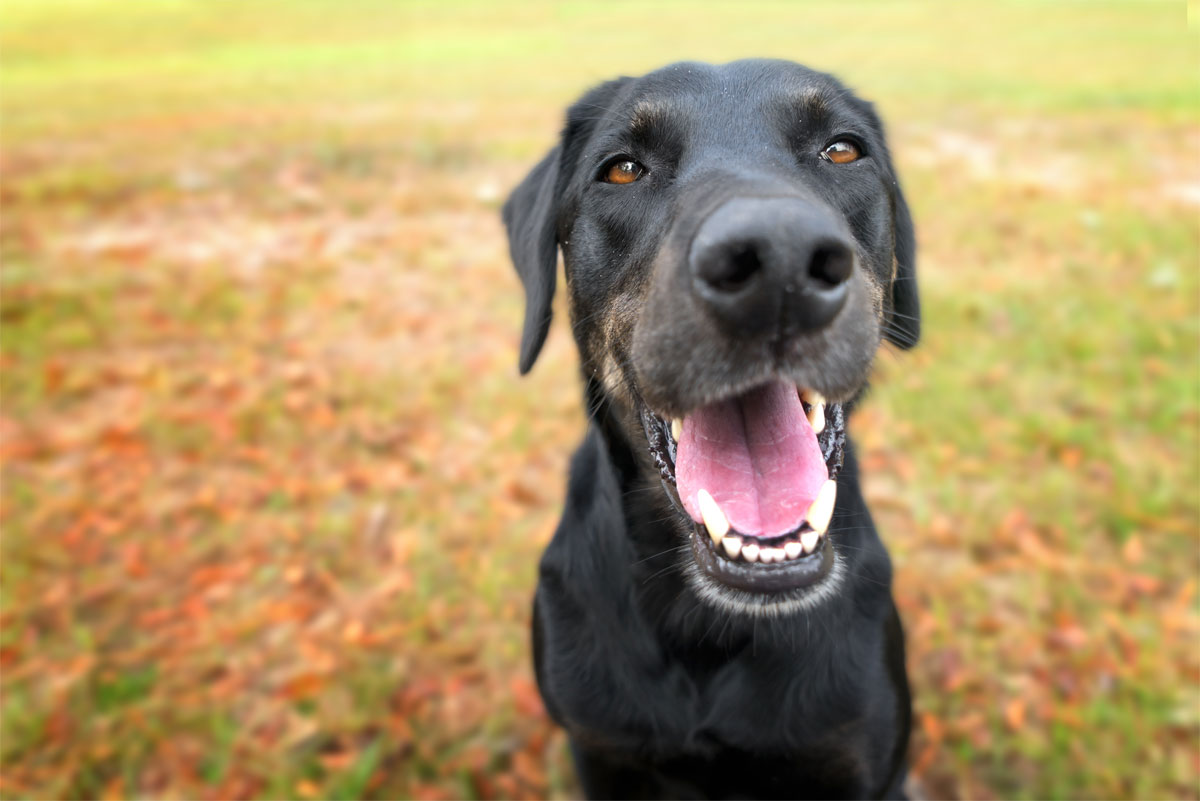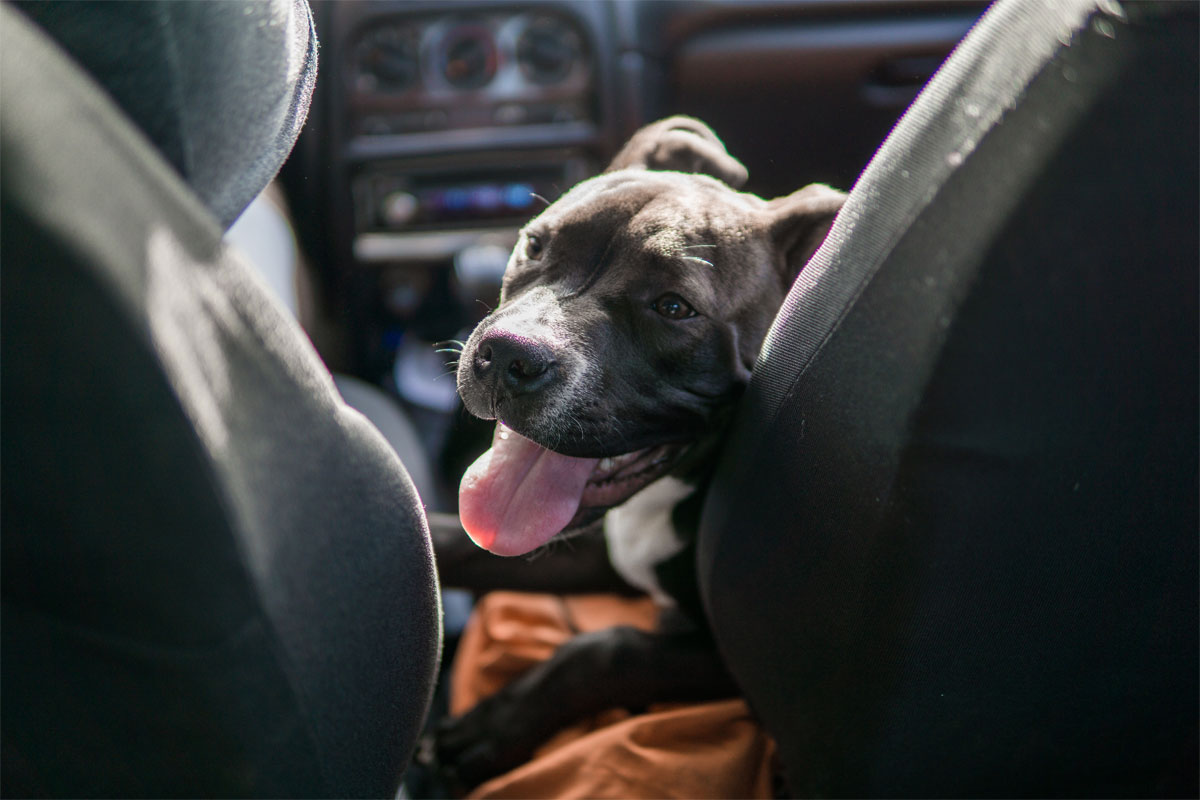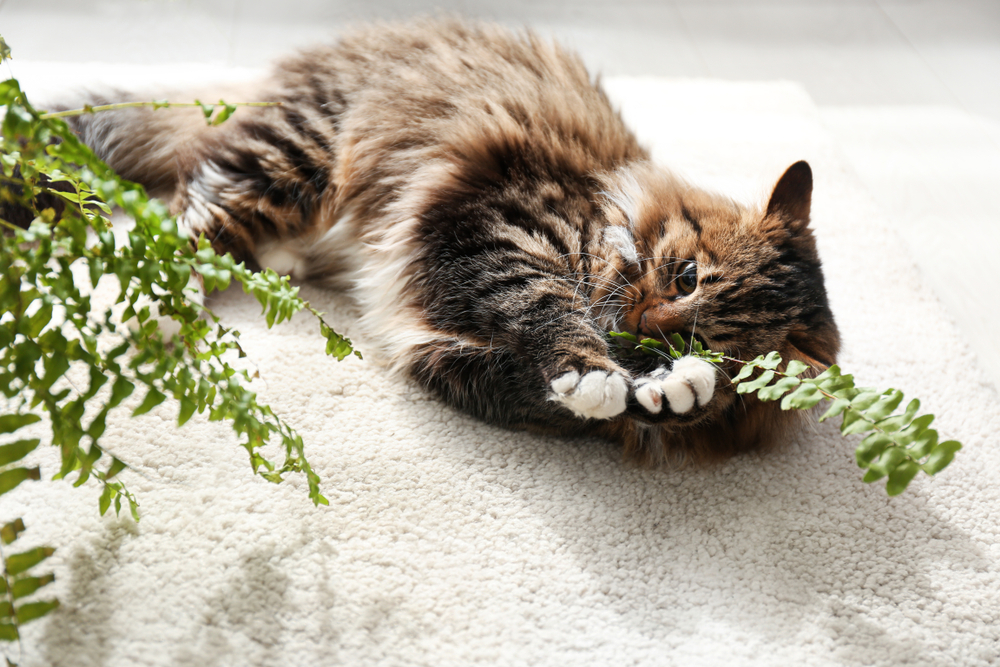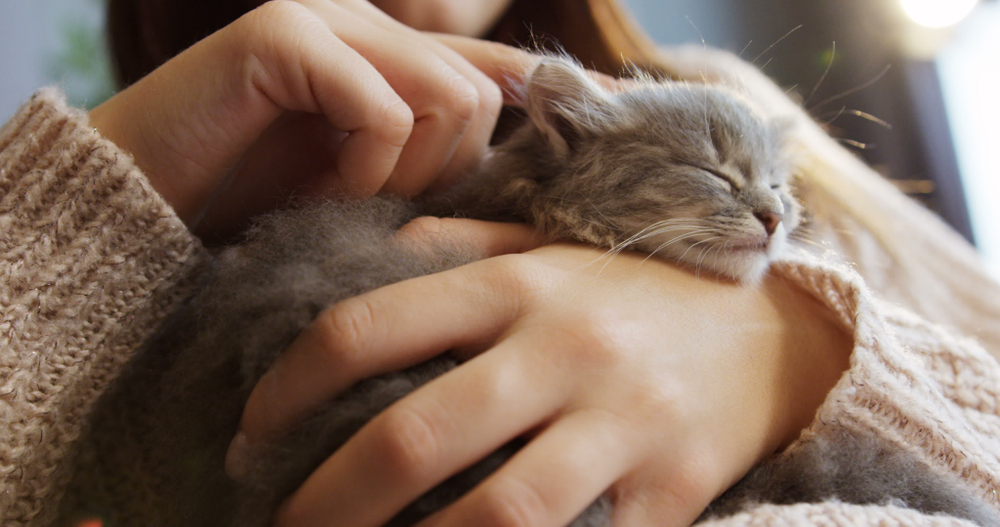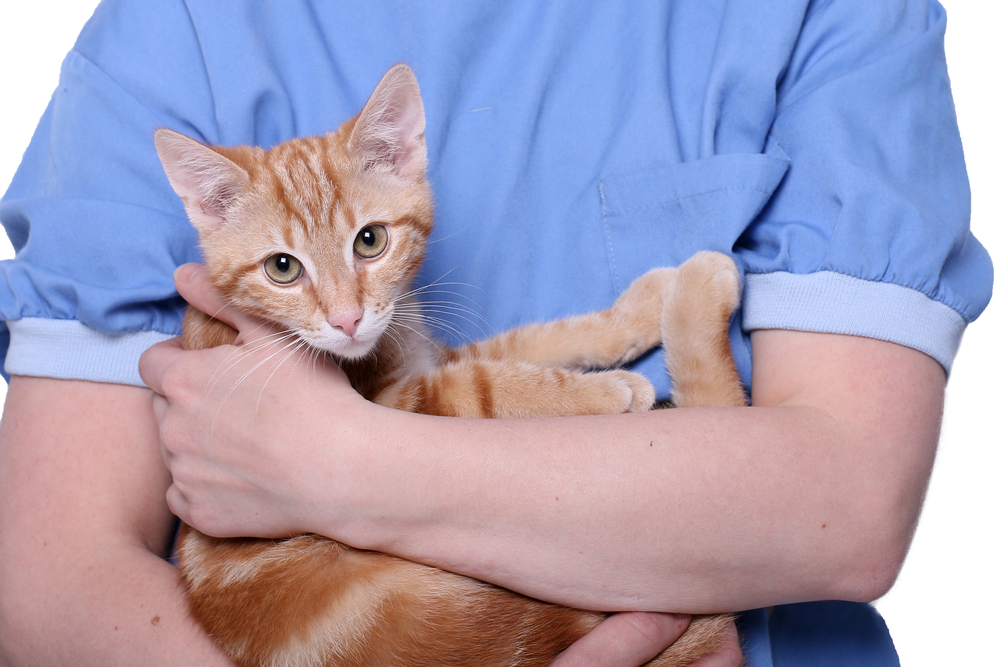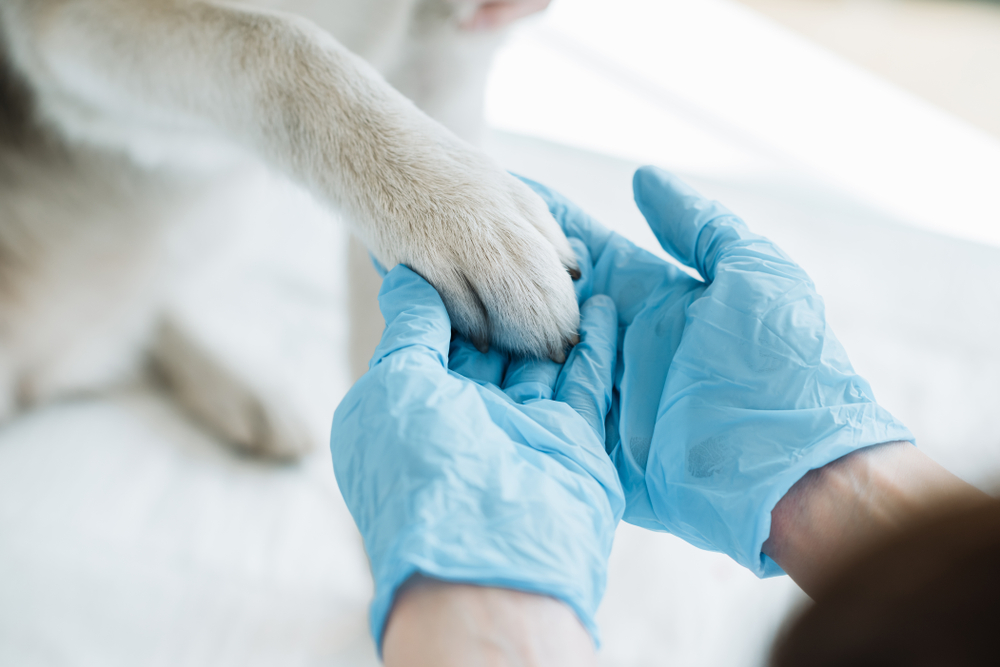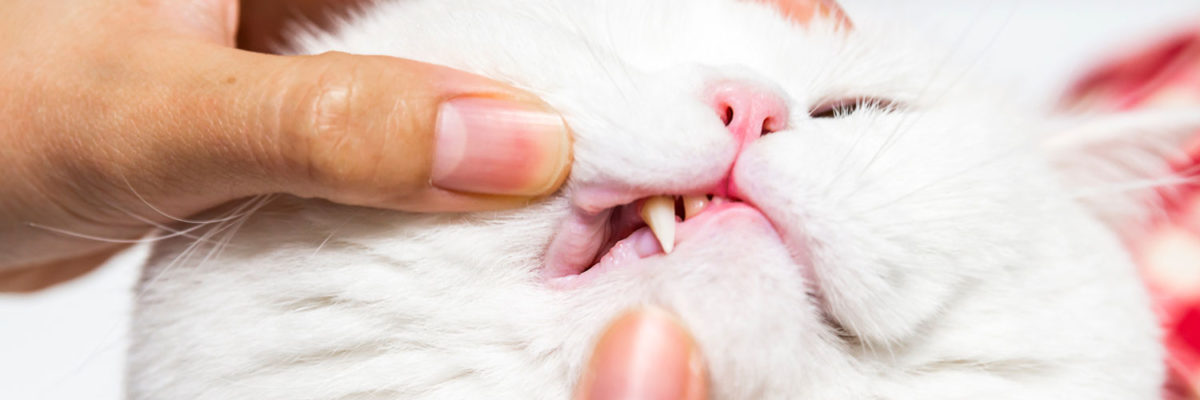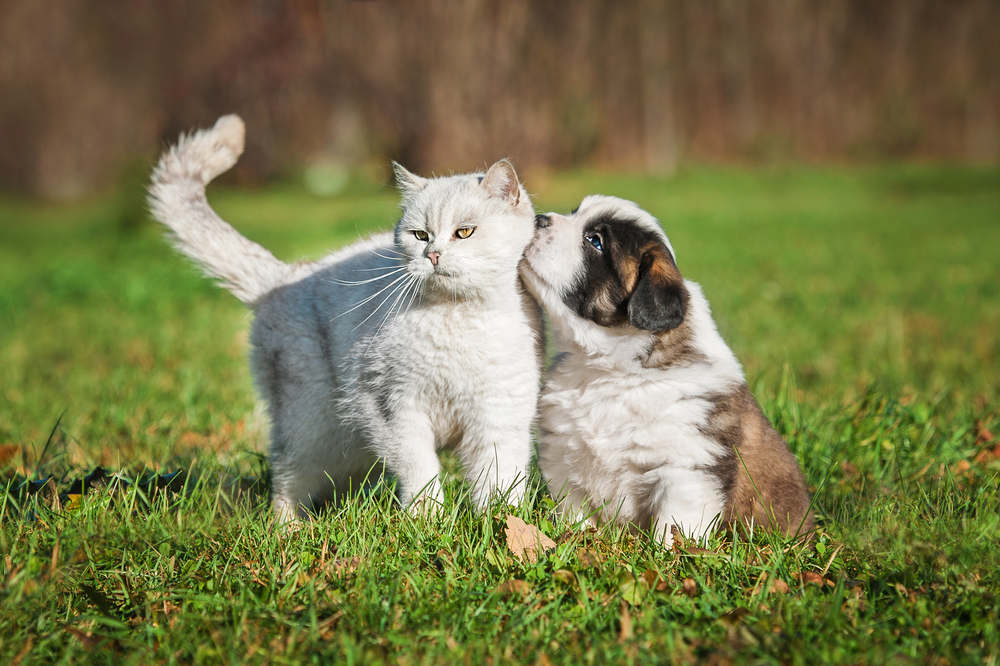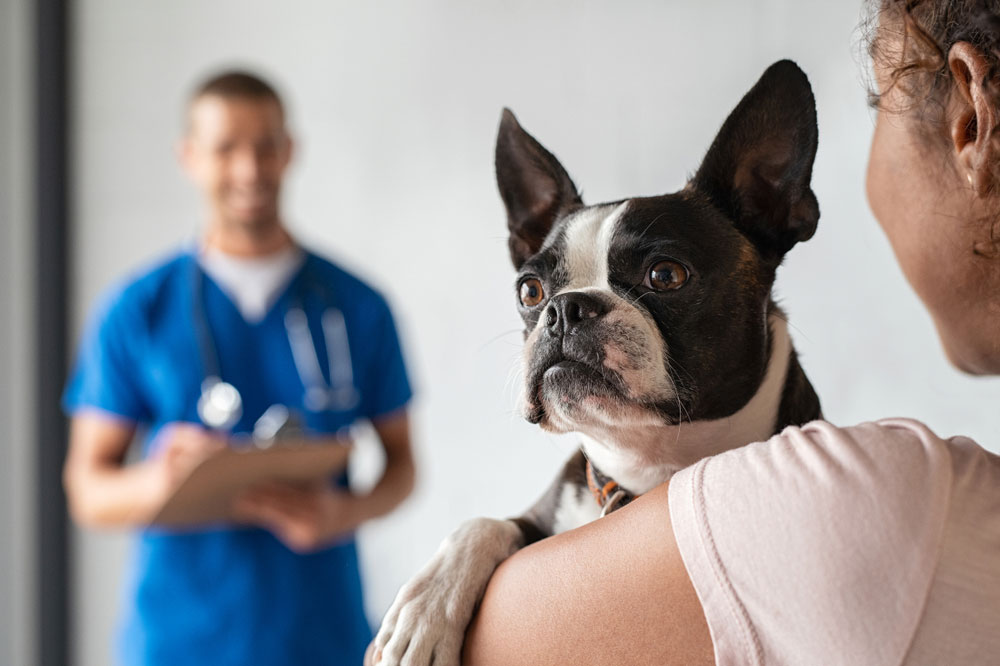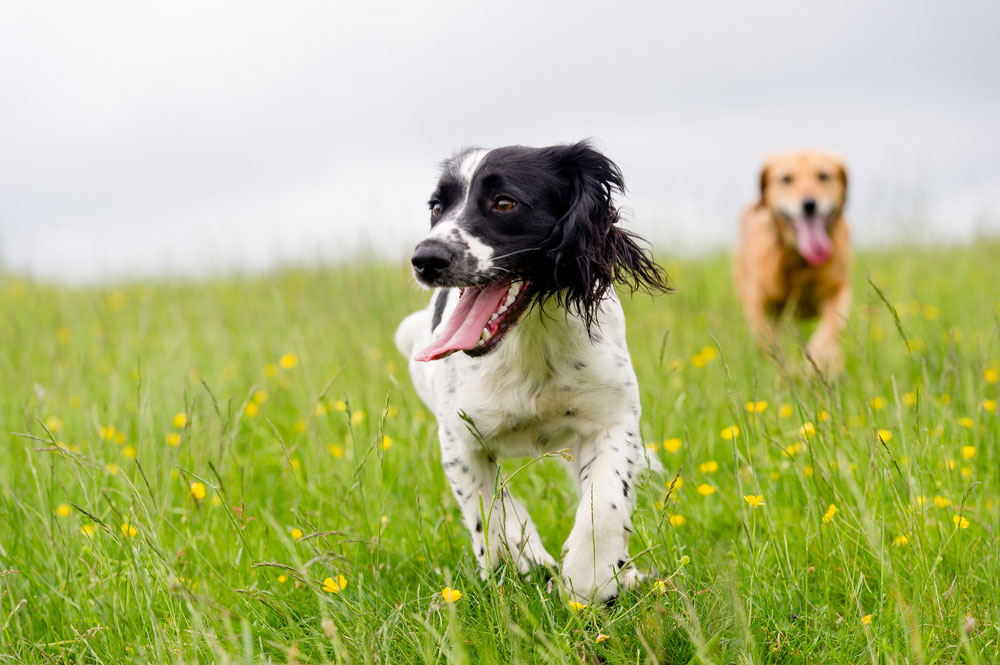
Celebrate Pet Dental Health Month with a February Pet Dental Appointment
When was the last time you brushed your pet’s teeth?
If you answered, “never,” you’re not alone. Many pet parents simply aren’t aware that their cats and dogs need at-home dental care and regular dental checkups just like people. In fact, pets suffer from some of the same dental ailments and diseases as us. Just like us, they can lose teeth, get cavities, develop abscesses, break or crack their teeth, and develop gum disease without proper care.
Leading up to Pet Dental Health Month in February, our veterinarians at Sleepy Hollow Animal Hospital like to spread awareness about pet dental health and encourage pet parents to schedule dental exams and cleanings for their pets.
What's the Big Deal About Gum Disease?
According to the American Veterinary Medical Association, most dogs and cats suffer from some form of dental disease by the time they’re three years old. This means most dogs and cats are facing some pretty serious general health concerns.
Gum disease (periodontal disease) is a bacterial infection of the gums that occurs when plaque and tartar are allowed to build up along the gum line. This buildup creates pockets between the teeth and the gums where bacteria thrive. Gum disease can cause oral pain and discomfort in addition to persistent bad breath, red/swollen/bleeding gums, tooth and jaw bone decay, and tooth loss.
Beyond the mouth, the bacteria associated with gum disease can enter the bloodstream leading to systemic problems and infections. Left unaddressed, bacteria from periodontal disease can damage your pet’s internal organs, ultimately shortening their lifespan.
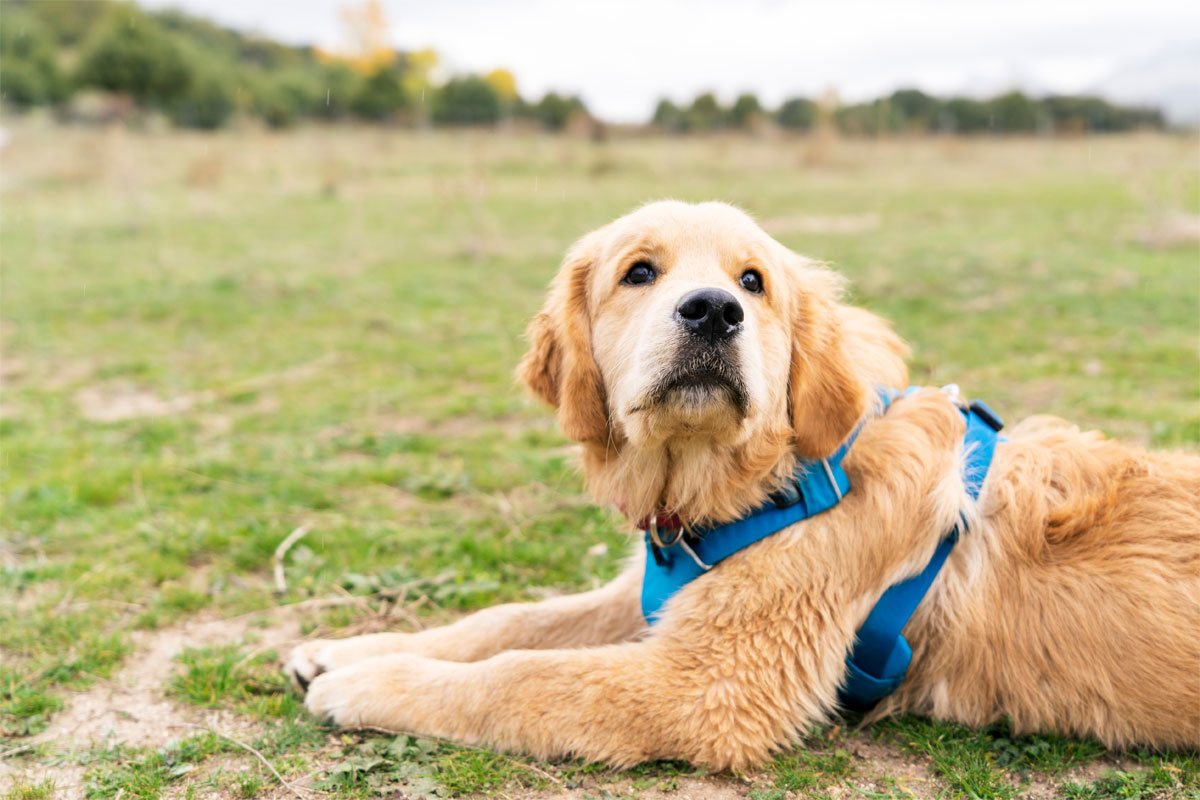
How to Prevent Periodontal Disease in Pets

The best way to prevent periodontal disease and safeguard your pet’s health and wellbeing is with regular at-home and professional dental care.
At home, you can care for your pet’s teeth by brushing regularly with a specially designed pet toothbrush and toothpaste formulated specifically for cats or dogs. You can also provide your pet with dental-friendly treats, chew toys and other preventative products recommended by veterinary dentists.
We also recommend calling for an appointment if your pet is due for their annual wellness or geriatric exam OR if you notice any of the following signs or symptoms at home:
- Bad breath
- Loose teeth
- Red or swollen gums
- Difficulty chewing or favoring one side of the mouth
- Discolored teeth
- Pawing at the mouth
During your appointment, our veterinarian will closely examine your pet’s teeth and gums. We will then discuss any abnormal findings and if your pet could benefit from a professional dental cleaning appointment which includes scaling and polishing the teeth, removing plaque and tartar buildup and taking dental X-rays to screen for problems that could be occurring inside the teeth or below the gum line.
To learn more about caring for your pet’s teeth or to schedule a pet dental appointment at Sleepy Hollow Animal Hospital, we welcome you to contact our office today.
